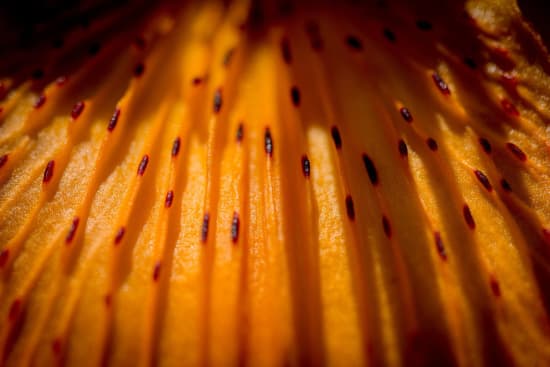Fire lily
It wards off storms, makes it easier for the hens to breed, helps us find a partner and is even a beauty elixir: here you can learn a lot about the Fire lily.

The orange-coloured fire lily (Lilium bulbiferum) is the most widely found species of wild lily in Europe.
It is an exception among the many highly perfumed species of lily in that it does not give off any scent. It is pollinated by
butterflies who settle on the petals as they go about their work.
There is a nectar tube at the base of each petal, into which the butterfly inserts its proboscis in order to reach the nectar.

The fire lily is the object of some fascinating legends. In Switzerland, for example, people believed that the
flower attracted lightening if kept indoors. The bulbs, however, were associated with positive attributes. People took handfuls of the tiny
bulbils growing in the leaf axils to stuff underneath brooding hens to ensure that the eggs would hatch successfully. And if carried by a man or woman,
the bulbils were said to attract the opposite sex. Finally, the fire lily bulbs were a good substitute for coffee.
As for the petals, they were used to produce an orange-red pigment for painting as well as a beauty elixir reputed to prevent freckles.

No wonder the fire lily was also known by many other names. It was also commonly referred to as the thunder flower, tiger lily, fire flower or –
in the Puschlav region of the Graubunden - Flur da San Giuan (Saint John's flower). The last of
those names comes from the fact that fire lilies were thrown into Midsummer night bonfires on 24th June (St. John's Day) to ward off bad weather.
Further exciting topics about lilies
Lilies and their history
Since when are there lilies? Where do they come from? And why are they so popular worldwide? Here you will find the answers to these and other questions.
What does the word «lily» mean?
Today the lily has a similar name in many languages. But this name comes from ancient Egypt and originally meant something else.
Lilies for men and gods
Lilies stand for love, innocence, ephemerality and rebirth. That is why there are exciting stories about customs - but also anecdotes from the world of the gods.
Madonna lily
It enchants with its brilliant white and stood for paganism until the Middle Ages. Here we explain why this lily is now called Madonna lily.
Completely crazy for regal lilies
The strong perfume of the regal lily led to an almost ruinous purchase contract and even almost cost the life of a plant hunter. But read for yourself.
Fire lily
It wards off storms, makes it easier for the hens to breed, helps us find a partner and is even a beauty elixir: here you can learn a lot about the Fire lily.
The mysterious night life of the Turk's cap
Why does the Turk’s Cap only smell at night? And how is a lily pollinated with its flowers hanging down? The exciting answers to these questions can be found here.









